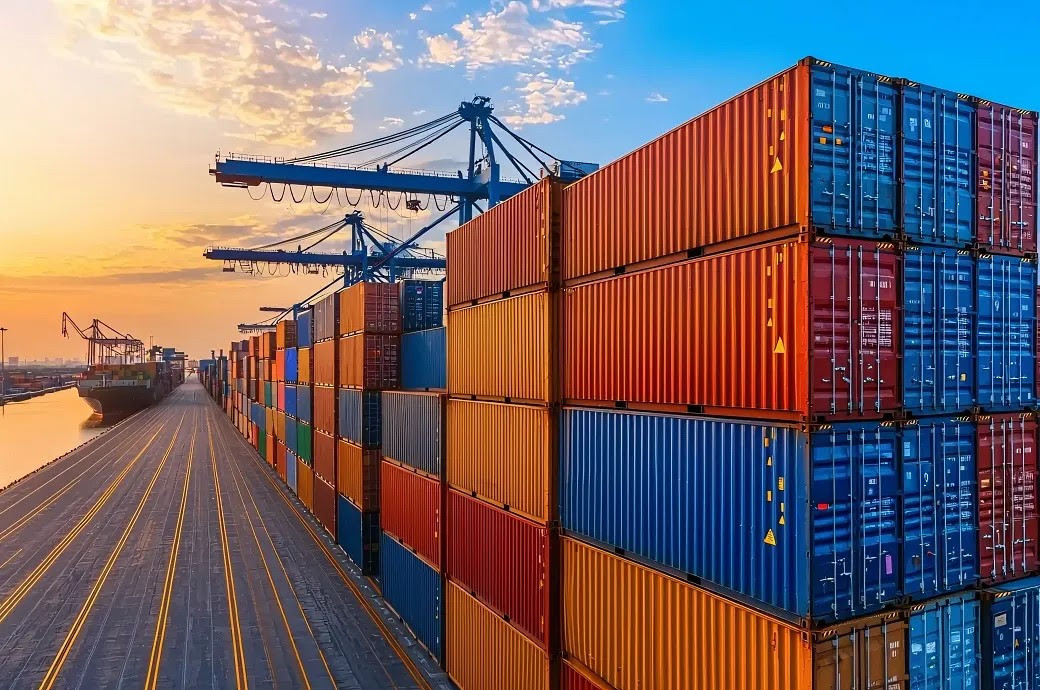US East Coast and Gulf ports have shutdown

Members of the International Longshoremen Association (ILA) went on strike from 12:01am on 1 October paralysing container ports on the US East and Gulf Coasts.
Last ditch talks failed to avert the strike at ports from Maine to Texas, for the first time since 1977.
The Port of Virginia posted an update on its website saying a strike had started at 12:01am on 1 October. “As a result of the expiration of the master agreement between United States Maritime Alliance (USMX) and the International Longshoremen’s Association (ILA), there is a work stoppage at The Port of Virginia and other ports along the US East and Gulf coasts,” it said.
On Monday after a months long impasse in negotiations over a new master labour contract employers, represented the United States Maritime Alliance (USMX), said "In the last 24 hours, the USMX and ILA have traded counter offers related to wages.”
The USMX made an improved offer which it said would increase wages by nearly 50% and requested an extension of the existing six-year master contract.
While there has been no official statement the ILA would appear to have rejected the offer sticking to its demands for 77% wage increase over the six years of the contract and a ban on further automation at ports.
In a statement issued at 11am on 30 September the ILA said: “The Ocean Carriers represented by USMX want to enjoy rich billion-dollar profits that they are making in 2024, while they offer ILA Longshore Workers an unacceptable wage package that we reject.”
Major container lines including Maersk, MSC, Hapag-Lloyd ans CMA CGM have already announced labour disruption surcharges.
With unions saying they will not handle vessels diverted to the US West Coast, and little additional capacity at Mexican and Canadian ports, container vessels bound for East Coast ports are expected to drop anchor and wait out the strike.
Ocean Network Express CEO Jeremy Nixon said last week, “So, the vessels are now on their way to the East Coast will have to sit and wait until that industrial disruption is resolved.”
The head of international freight and logistics for the Freight & Trade Alliance represents 500 Australian companies involved in freight forwarding, the customs broking community, import and export.
"It's hard to put a dollar figure on it, but it will be quite substantial," he said, pointing to estimates of the daily cost to the US economy being about $US5 billion (about $7.26 billion) for each day the strikes continued.
"Australia does about 5-10 per cent of our trade with the US. It's our second-largest trading partner outside of China.
"So the impacts will be quite severe, but not so severe as somebody like China going on strike, for instance."
Mr Jensen expects the impact to be "less than COVID" but similar to the impact of the Red Sea pirate issue.
Most ships work in global loops, like a long-haul version of a commuter train, servicing a set string of ports. Disruptions such as the strike affect their ability to move, and that shifts trade.
"It pulls the vessels out of rotation," he said.
"That's going to mean more vessels, more urgency on US-bound goods. The carriers will be able to increase rates and the shipping lines will obviously service the routes that they feel the rate is the heaviest at."
US government rules out intervening to halt strike
A complicating factor is that US President Jo Biden holds powers that could force the strike to be suspended for 80 days, a so-called "cooling-off period" if national security is at risk.
Attempts by port operators to force the president, months from an election, to invoke 1947's Taft-Hartley Act have been unsuccessful.
"We've never invoked Taft-Hartley to break a strike and are not considering doing so now," a Biden administration official told Reuters.
The ILA strike affects 36 ports in total, in which 14 are major U.S. East Coast and Gulf Coast ports, including Baltimore, Boston, Charleston, Houston, Jacksonville, Miami, Mobile, New Orleans, New York/New Jersey, Norfolk, Philadelphia, Savannah, Tampa, and Wilmington.
There is no clear end in sight for the strike. Even if it lasts only a few days, its effects could be felt into 2025 due to port congestion and ongoing supply chain disruptions. U.S. Customs & Border Protection (CBP) estimates that the U.S. economy may lose up to $5.3 billion daily due to the strike.
The strike has already begun to significantly impact global trade. Ports on the East Coast and Gulf Coast handle 40-50% of U.S. container imports, and disruptions are affecting shipments, particularly from Europe and Latin America. Vessels are likely to remain anchored outside affected ports, with significant delays in returning to the Far East, causing broader disruptions to global shipping schedules well into 2025.
Additionally, U.S. importers have been planning ahead to mitigate potential disruptions by increasing shipments from China ahead of the strike and the looming U.S. tariff increases on Chinese goods. This has led to record traffic at U.S. West Coast ports, as shippers redirect cargo to avoid the impacted East and Gulf Coast ports. The increased demand has already begun to strain West Coast terminals, which may experience severe congestion in the coming weeks.
The strike is expected to have a significant impact on NZ/AU trade.
The potential backlog at U.S. ports could slow down the movement of goods, increasing shipping times and costs. NZ/AU businesses that rely on timely imports/exports to/from the U.S. may experience supply shortages and face higher freight rates due to the redirection of shipping routes and surcharges. Additionally, as U.S. importers redirect goods through West Coast ports, congestion there could further exacerbate shipping delays, impacting Worldwide supply chains.
We hope the parties come to an agreement soon.



